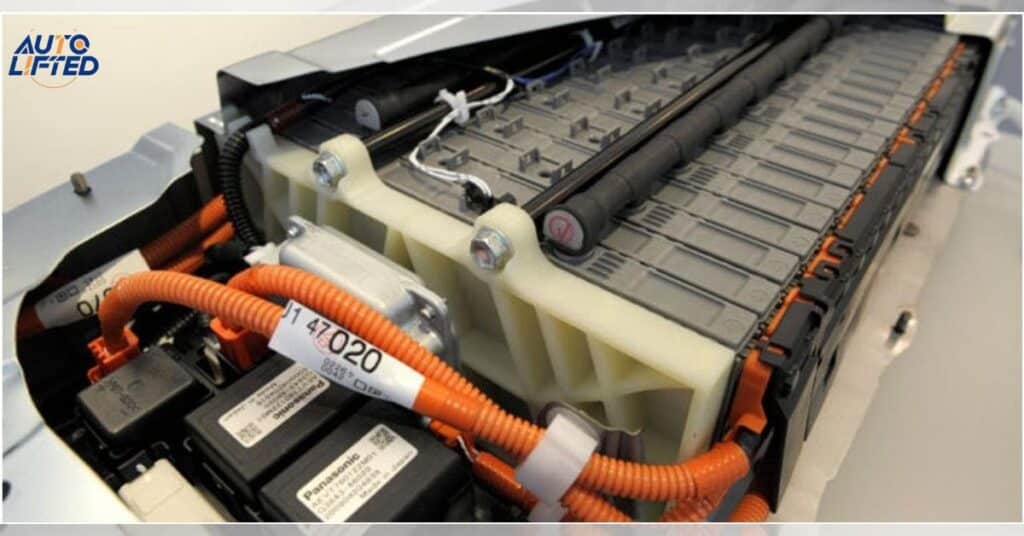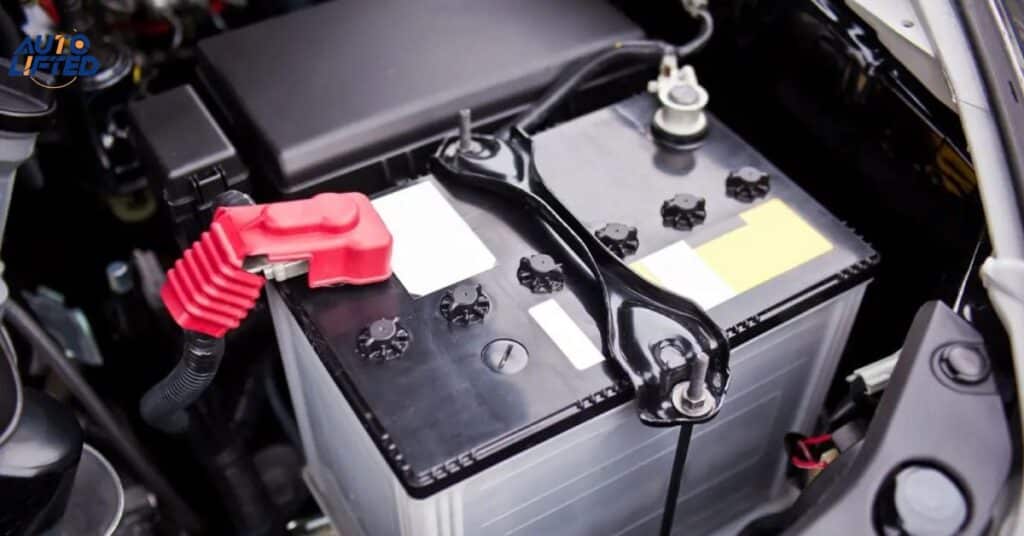Car battery reconditioning is the process of restoring a depleted car battery to its optimal performance through a systematic procedure. This step-by-step guide involves cleaning, replenishing electrolytes and recharging the battery to extend its lifespan and enhance its efficiency.
The potential of your car battery with our detailed step-by-step guide to reconditioning designed for both novice and experienced enthusiasts. Dive into the transformative process, harnessing the power of cleaning replenishment and recharging to breathe new life into worn-out batteries. Say goodbye to costly replacements as you master the art of extending battery lifespan while reducing environmental impact.
Car battery reconditioning is a DIY process that restores worn-out batteries to their former performance using simple steps. By cleaning corrosion replenishing electrolytes and slow-charging, you can extend battery life and save on replacements. This eco-friendly solution reduces waste and empowers car owners to maintain their vehicles economically.
How do you recondition a car battery
Supply List for Battery Reconditioning:
| Kits | Ingredients | Specialty Items |
| Protective wear (e.g., goggles, gloves) | 1 gallon of distilled water | Voltmeter |
| Flathead screwdriver | 1 pound of Epsom salt | Battery charger |
| Toothbrush | 1 pound of baking soda | |
| Funnel | ||
| Two large buckets | ||
| Steel wool or battery terminal cleaner |
Suit up and space out

Before diving into any task it’s crucial to ensure your safety and comfort. Suit up by donning protective gear such as safety goggles chemical-resistant gloves and an apron to shield yourself from potential hazards. It creates a well-ventilated workspace to space out allowing ample room for maneuvering and maintaining a clear headspace while working on your project.
Create a cleaning solution
Mixing: Combine baking soda and water in a 2 to 1 ratio to create a potent cleaning paste.
Versatility: This solution efficiently tackles dirt grime and corrosion ensuring thorough cleaning.
Performance: Utilizing the cleaning solution enhances the equipment or surface’s longevity and operational efficiency.
Clean the battery
Cleaning the battery is crucial for optimal performance and safety:
Remove Corrosion: Scrub the battery terminals with a toothbrush and cleaning solution to eliminate corrosion buildup ensuring proper electrical contact.
Foaming Reaction: The cleaning solution’s foaming reaction indicates its effectiveness in removing dirt and grime leaving the terminals clean and free from obstructions.
Dry Thoroughly: After cleaning, wipe down the terminals and surrounding areas with a dry cloth to prevent moisture accumulation ensuring the battery’s longevity and reliability.
Connect the voltmeter to check the voltage
Connecting the voltmeter is a crucial step in assessing the battery’s health:
Proper Connection: Attach the red wire to the positive terminal and the black wire to the negative terminal ensuring accurate voltage measurement.
Voltage Reading: The voltmeter displays the battery’s voltage typically around 12.6V for a healthy battery indicating its ability to hold a charge.
Diagnostic Tool: Checking the voltage helps determine if the battery needs recharging or replacement ensuring optimal performance and preventing unexpected breakdowns.
Empty the battery cells

Emptying the battery cells is a crucial step in the reconditioning process facilitating the removal of old electrolyte solution. This prepares the cells for cleaning and replenishment with a fresh electrolyte mixture essential for optimizing battery performance.
Draining Acid: Using caution remove the cell caps to release the acidic solution into a designated container for safe disposal.
Removing Contaminants: This process eliminates any built-up sediments or impurities preparing the cells for replenishment.
Preparation for Reconditioning: Once emptied the cells are primed for cleaning and refilling with a fresh electrolyte solution essential for restoring battery functionality.
Clean the battery cells
Cleaning the battery cells involves scrubbing away corrosion and buildup from the terminals using a cleaning solution. This step ensures proper electrical conductivity and prevents potential damage to the battery. The cells are thoroughly dried to prevent moisture-related issues.
Also read this;Rena Monrovia When You Transport Something by Car ….
Replace battery cell solution
After thoroughly cleaning the battery cells it’s crucial to replace the electrolyte solution to restore the battery’s performance. This involves mixing Epsom salt with water to create a fresh electrolyte solution ensuring the battery’s chemical balance is optimal. By replacing the old solution with a new one the battery’s charging capacity can be significantly improved extending its lifespan.
Recharge the battery

Once the battery has been cleaned and electrolyte solution replaced the next step is recharging. Connect the battery charger at a low setting, usually around 12V/2 amps and ensure its placed away from the battery to prevent accidents. Allow the battery to recharge for approximately 24 to 36 hours while monitoring the process closely.
Test the battery
After recharging its crucial to test the battery’s condition to ensure proper functionality. Disconnect the charger and use a voltmeter to check the voltage aiming for an average reading of around 12.42V. If the voltage is lower recharge the battery for an additional 12 hours. The conduct a load test by reinstalling the battery and turning on high beams to verify its performance under load.
Watch the video below to have practical knowledge on how to recondition a car battery:
To gain practical insights into car battery reconditioning watch the video provided below. Visual demonstrations can enhance understanding of the step-by-step process involved in restoring a car battery. Utilize the video resource to supplement the written instructions and further enhance your reconditioning skills.
How long does it take to recondition a car battery?
The duration of car battery reconditioning can vary based on several factors. While some individuals may complete the process relatively quickly others might take several days or even close to a month to fully recondition their car batteries. The reconditioning process itself may take around four hours excluding the time required for charging the battery which could extend up to 36 hours.
Is battery reconditioning advantageous?

Battery reconditioning offers several advantages making it a worthwhile endeavor for many car owners. It can significantly prolong the lifespan of a car battery potentially extending its usability by one or two years. it provides a cost-effective solution as reconditioning materials are relatively inexpensive compared to purchasing a new battery. It promotes waste reduction by recycling batteries rather than disposing of them aligning with environmentally conscious practices.
Frequently Asked Questions
How long should you leave a battery on recondition?
For effective reconditioning it’s recommended to leave the battery charging for about 24 to 36 hours. This duration allows for thorough restoration of the battery’s health and performance.
How does battery reconditioning work?
Battery reconditioning involves removing sulfate buildup from the battery’s plates and replenishing electrolytes. This process restores the battery’s capacity and extends its lifespan.
How do you revive a dead car battery?
To revive a dead car battery, you can try jump-starting the vehicle or using a battery charger. If these methods fail battery reconditioning techniques like desolation may help restore its functionality.
Can a 12v battery be repaired?
A 12V battery can potentially be repaired through methods like reconditioning depending on the extent of damage and the battery’s condition.
Can you fix a completely dead battery?
It may be possible to revive a completely dead battery through reconditioning techniques but success depends on factors like the battery’s age type and the cause of its failure.
Conclusion
Car battery reconditioning offers a cost-effective solution to extend battery lifespan and reduce waste. By following a step-by-step guide including cleaning replacing electrolytes and recharging batteries can often be restored to nearly new condition. This process not only saves money but also promotes environmental sustainability by recycling old batteries.
The reconditioning allows for the reuse of batteries that may have otherwise been discarded prematurely contributing to resource conservation. With the right tools and precautions car battery reconditioning is a practical and eco-friendly approach to prolonging battery life and minimizing environmental impact.

Passionate automotive enthusiast sharing insights, tips, and stories from the world of cars. Join me on an exhilarating journey through the roads of automotive excellence.







